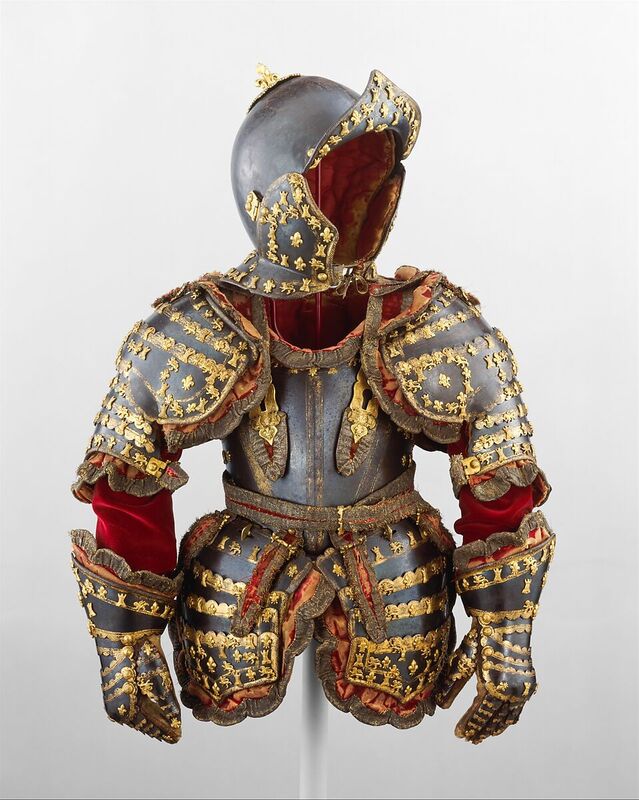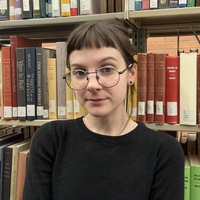Curatorial Statement
The physical human body and its symbolic possibilities exist as a highly discussed feature of the European Renaissance. Similar to most other cultures, the meaning attributed to the body, its significance, and its possibilities were heavily shaped by Renaissance values. The Renaissance was a time of the exploration of the body's limits through both science and art, influencing the ways Renaissance individuals expressed their relation to these changing ideas through their own body. A central feature of Renaissance life was the highly developed world of body armor used for both battle and ceremony. This exhibit will explore a few of the ways this phenomenon of armor existed as both a method of bodily expression and shaping identity. Analyzing the Renaissance body and its relationship to armor through the framework of common Renaissance cultural values allows us to understand how someone within the fifteenth to sixteenth century may have understood and interacted with their own body and the bodies of others.
By the period of the Renaissance, plate armor had evolved to cover a man's body from head to toe, consuming him in metal. This utilization meant an armored man could shape and mold the entirety of his body in any way he pleased. Armor could make him larger or smaller, beautiful or grotesque. When contextualized with the larger cultural norms which reached across Europe it becomes clear that armor existed as both a product of and a response to those norms.
This exhibit will examine armor through three major aspects of Renaissance culture: bodily expressions of power, relating to the Christian faith through the body, and subversions of bodily norms in the Mannerist period of the sixteenth century. Through this exploration this exhibit will examine how the complex artform of armor was used to physically transform the male body to either align with or expand Renaissance culture and values. The intended goal of this investigation being the understanding of what it may have meant to be a man adorned and physically changed by the donning of his armor
Curator Biography
Joce Dolezal is currently a senior at Northern Arizona University pursuing a Bachelor of Art in Comparative Cultural Studies with an emphasis in Public Humanities and minors in Museum Studies and Art History. Joce focuses much of their studies on the arts of the Late Antique to Early Modern periods, specifically focusing on the ways in which Christian art was used to understand and connect with God.

